- Index
- blog
Why Bench Legs Are the Most Important Choice
Why do bench legs decide the life of street furniture? Explore the advantages of durable metal bench legs, like cast aluminum and iron, for lasting outdoor seating solutions.
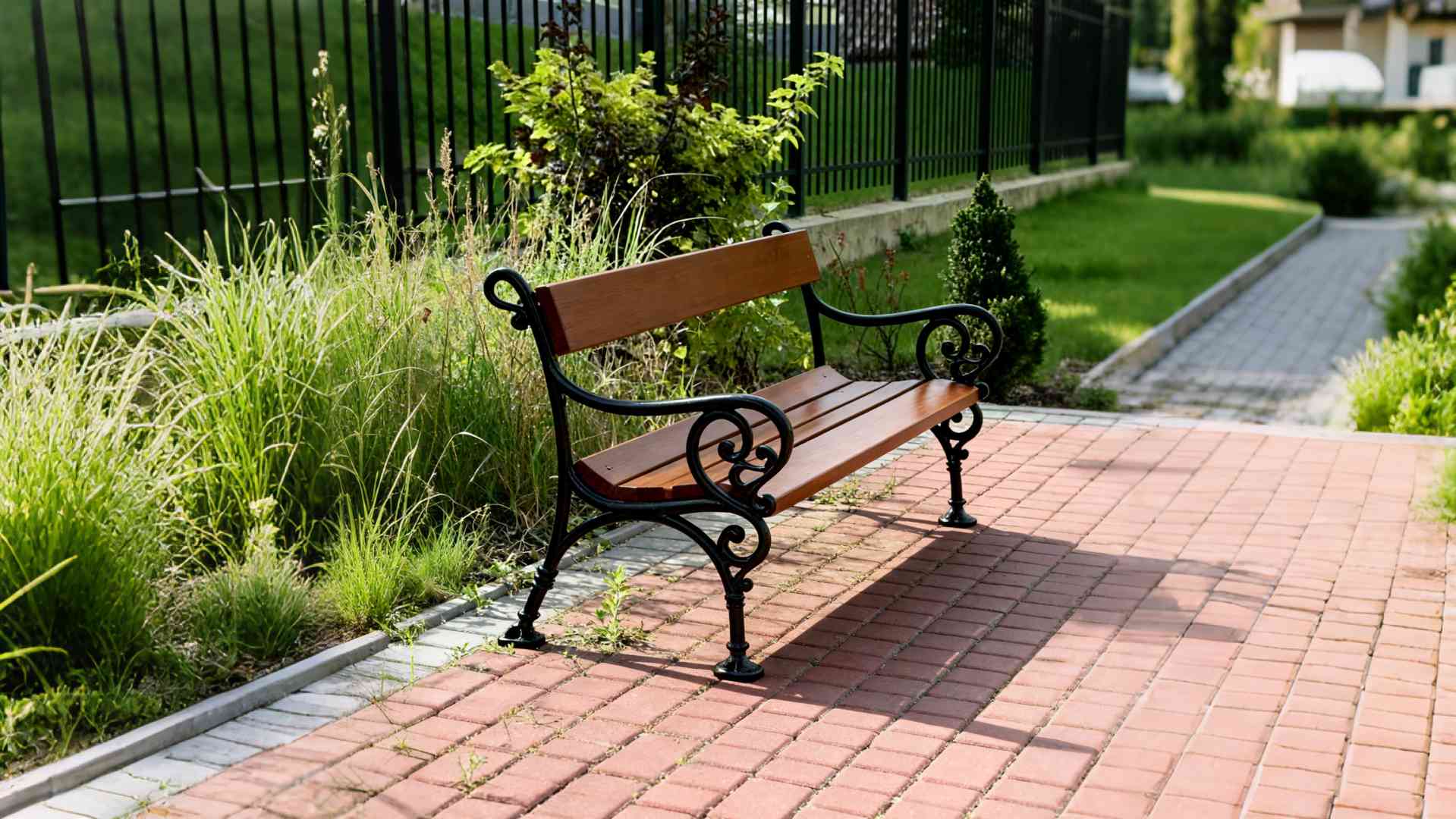
Hello to all our fantastic dealers. You know the outdoor furniture business inside and out. You see the latest trends in design and fabric. But today, let’s talk about the true unsung hero of any durable piece. The part that literally carries the weight. We are talking about the chair legs. Or more specifically, the bench legs.
It is easy to get swept up by a beautiful tabletop or a comfortable seat. Yet, the material and craftsmanship of those metal bench legs are what truly determine if a piece will be a seasonal bestseller or a long-term revenue generator for your customers. Getting this foundation right is everything. Especially for heavy-use street furniture that faces everything Mother Nature can throw at it.
So, why do the legs matter so much? It is simple. They are the first line of defense. They are in constant contact with moisture. They bear the weight and stress of people sitting down. They get bumped and scraped. Choosing the wrong material for your bench legs is like building a house on a weak foundation. The whole structure is at risk.
Today, we are focusing on the champions of durability. Cast iron and cast aluminum. These two metals are the top choices for creating commercial-grade street furniture that lasts for decades. Let us break down why they are so excellent.
The Timeless Strength of Cast Iron
When you think of classic, indestructible park benches, you are probably thinking of cast iron. This material has been the backbone of public seating for over a century. And for good reason.
Cast iron is incredibly strong. It has a massive, substantial feel. This sheer weight is a huge advantage for stationary street furniture. A bench with heavy cast iron legs is far more difficult to tip over or steal. It stays exactly where you put it. This inherent stability is a major selling point for public spaces.
The durability is exceptional. Cast iron bench legs can support an enormous amount of weight without bending or warping. They are perfect for high-traffic areas like bus stops, public parks, and city squares. Wherever you need unwavering strength, cast iron delivers.
Of course, the big question with any iron-based metal is rust. This is where craftsmanship comes in. High-quality cast iron bench legs are not left bare. They receive a robust protective coating. The gold standard is a powder coating. This process involves applying a dry powder electrostatically and then curing it under heat. The result is a thick, uniform, and incredibly resilient finish that bonds to the metal.
This coating acts as a shield. It prevents moisture from reaching the iron underneath. A well-powder-coated cast iron leg will resist chipping, scratching, and fading for many, many years. It is a true workhorse.
The Lightweight Champion: Cast Aluminum
Now, let us talk about a more modern marvel. Cast aluminum. This material has become incredibly popular for good reason. It offers a different set of advantages that are perfect for many applications.
The first thing you will notice is the weight. Or lack of it. Cast aluminum bench legs are significantly lighter than their cast iron counterparts. This makes transportation and installation much easier and more cost-effective. You can ship more units per pallet. Your installation crews can move pieces around without heavy machinery. This is a huge practical benefit.
But do not let the light weight fool you. Cast aluminum is very strong. The casting process allows for the creation of complex, elegant designs that are also structurally sound. It can be molded into intricate patterns that would be difficult or impossible with other metals. This gives designers great freedom.
Perhaps the biggest superpower of aluminum is its natural resistance to rust. Unlike iron, aluminum does not rust when exposed to water and air. It forms a thin, invisible layer of aluminum oxide on its surface. This layer protects the metal underneath from further corrosion. This innate ability makes it a fantastic choice for coastal areas. Salt spray is no match for a quality cast aluminum leg.
Just like cast iron, cast aluminum legs are typically powder-coated. This adds an extra layer of protection. It also provides color. The combination of natural rust resistance and a powder-coated finish means these metal bench legs are built to look new for a very, very long time.
Craftsmanship: The Magic Ingredient
The material is only half the story. The manufacturing process is what turns raw metal into legendary bench legs. The casting method is key.
Both cast iron and cast aluminum are made by pouring molten metal into a mold. This allows for the creation of strong, single-piece legs with no weak points. A poorly made leg might have pores or thin spots. These are vulnerabilities where moisture can get in and cracks can start.
High-quality manufacturers pay extreme attention to their molds and casting techniques. They ensure the metal flows evenly and fills the mold completely. This results in a dense, consistent piece with no internal flaws. After casting, the legs are smoothed. Any rough edges are removed. This attention to detail is what separates a good product from a great one.
Then comes the finish. As we mentioned, powder coating is essential. But not all powder coating is the same. A superior process involves proper pre-treatment. The metal is cleaned and treated to ensure the coating adheres perfectly. The thickness of the coating is also critical. A thick, even coat is your best guarantee against the elements.
Why This Matters for Your Business
As a dealer, your reputation is built on the quality of the products you sell. When you choose furniture with superior bench legs, you are investing in customer satisfaction and fewer headaches.
Selling street furniture with weak legs leads to returns. It leads to unhappy municipal clients or hotel managers. It damages your brand. Conversely, offering furniture built with cast iron or cast aluminum legs is a promise of quality. You can confidently assure your customers that their investment is protected.
These pieces are designed to endure. They require minimal maintenance. A simple wipe-down is often all that is needed. This low maintenance requirement is a huge selling point for commercial buyers. They want to set it and forget it. Durable metal bench legs make that possible.
Think about the total cost of ownership. A cheaper bench with low-quality legs might need replacement in just a few years. A bench with robust cast aluminum or cast iron legs will last for decades. Your customers will appreciate this long-term value. It makes your products a smart investment, not just a purchase.
The Final Word on Legs
So, the next time you are evaluating a new line of outdoor furniture, do not just look at the surface. Get down to the basics. Look at the legs. Ask the manufacturer about the material. Is it cast iron or cast aluminum? Inquire about the manufacturing process and the powder coating specifications.
Choosing the right foundation for your street furniture is the most important decision you can make. It defines the lifespan of the product. It defines the user experience. And ultimately, it defines the success of your offering.
Strong, well-crafted bench legs are the secret to happy customers and long-term business growth. When the legs are built to last, everything else follows. Let us all continue to offer our communities beautiful, safe, and enduring places to sit and relax. After all, that is what great street furniture is all about.
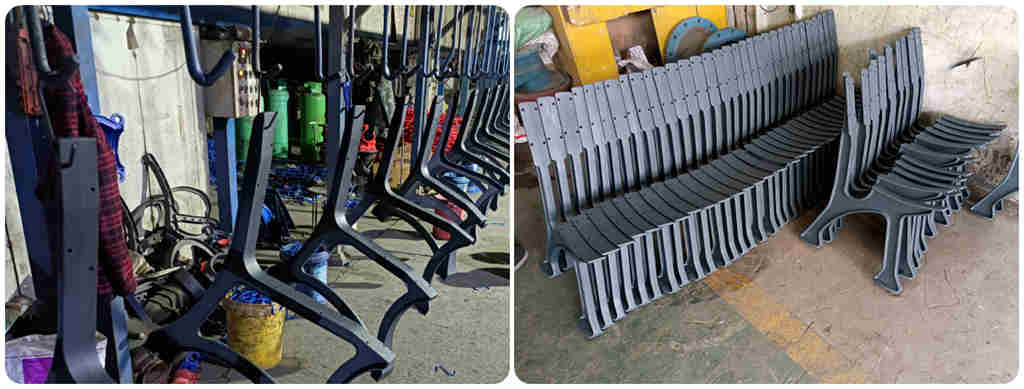


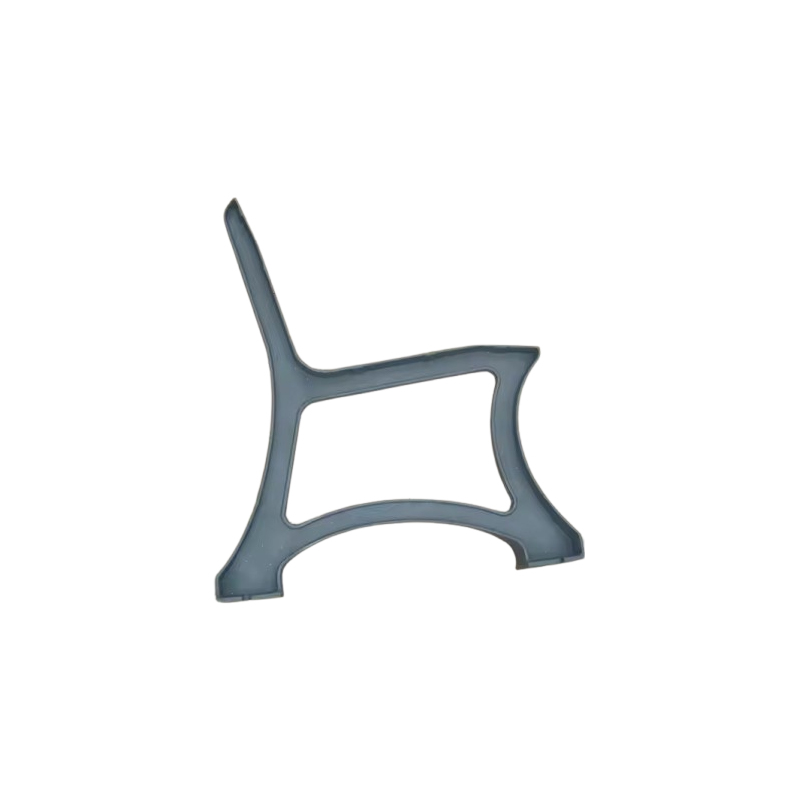
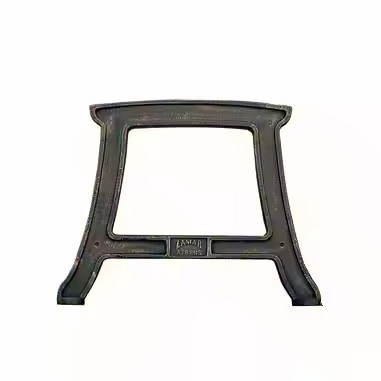
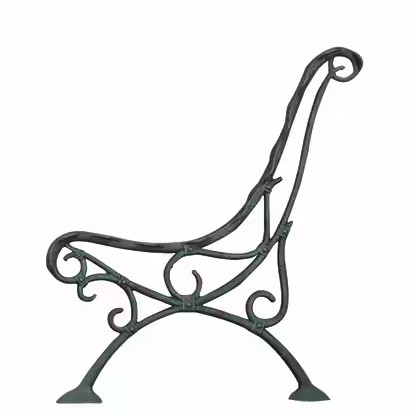

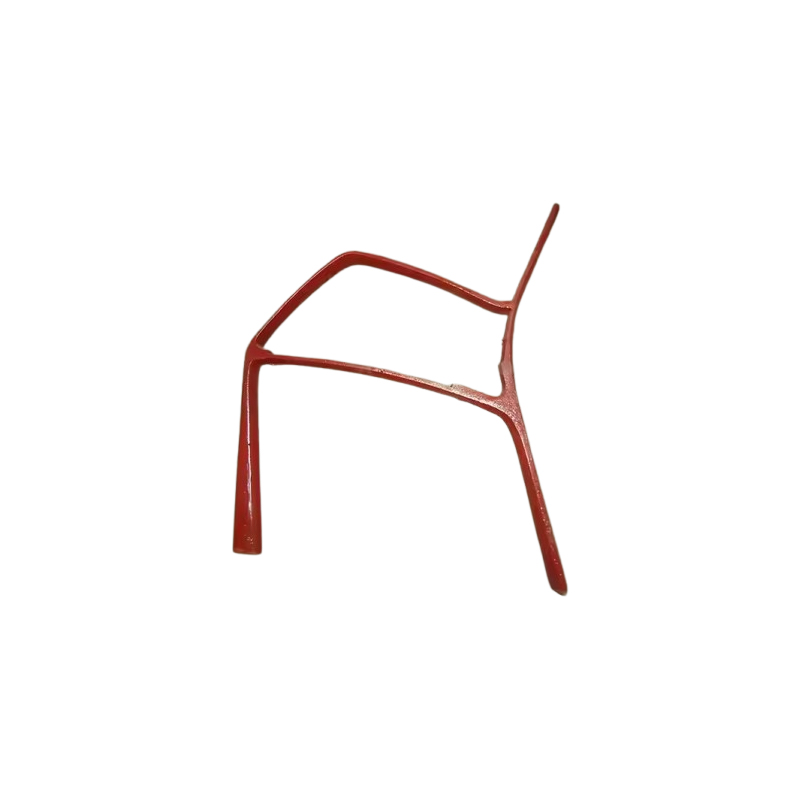

Leave A Message